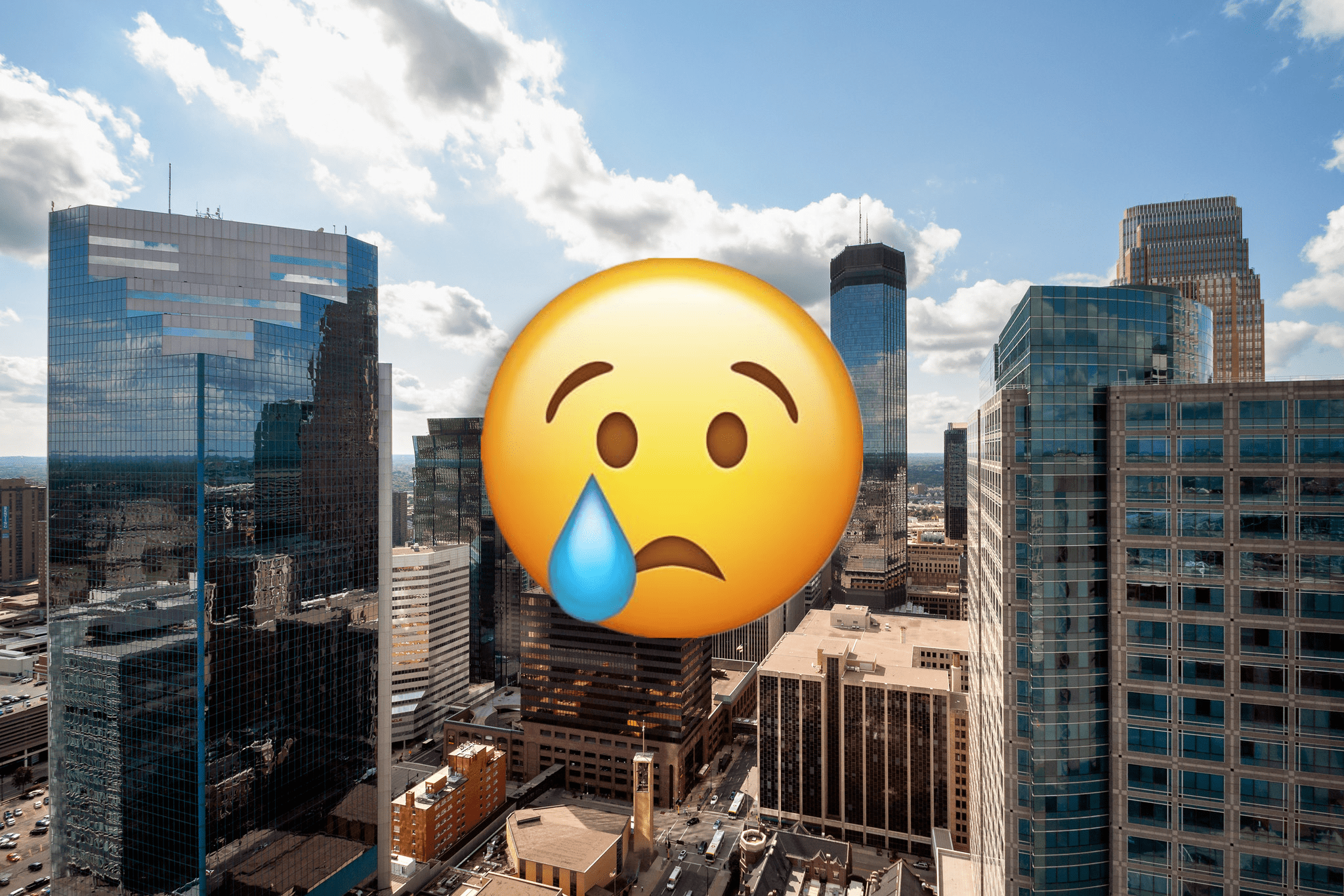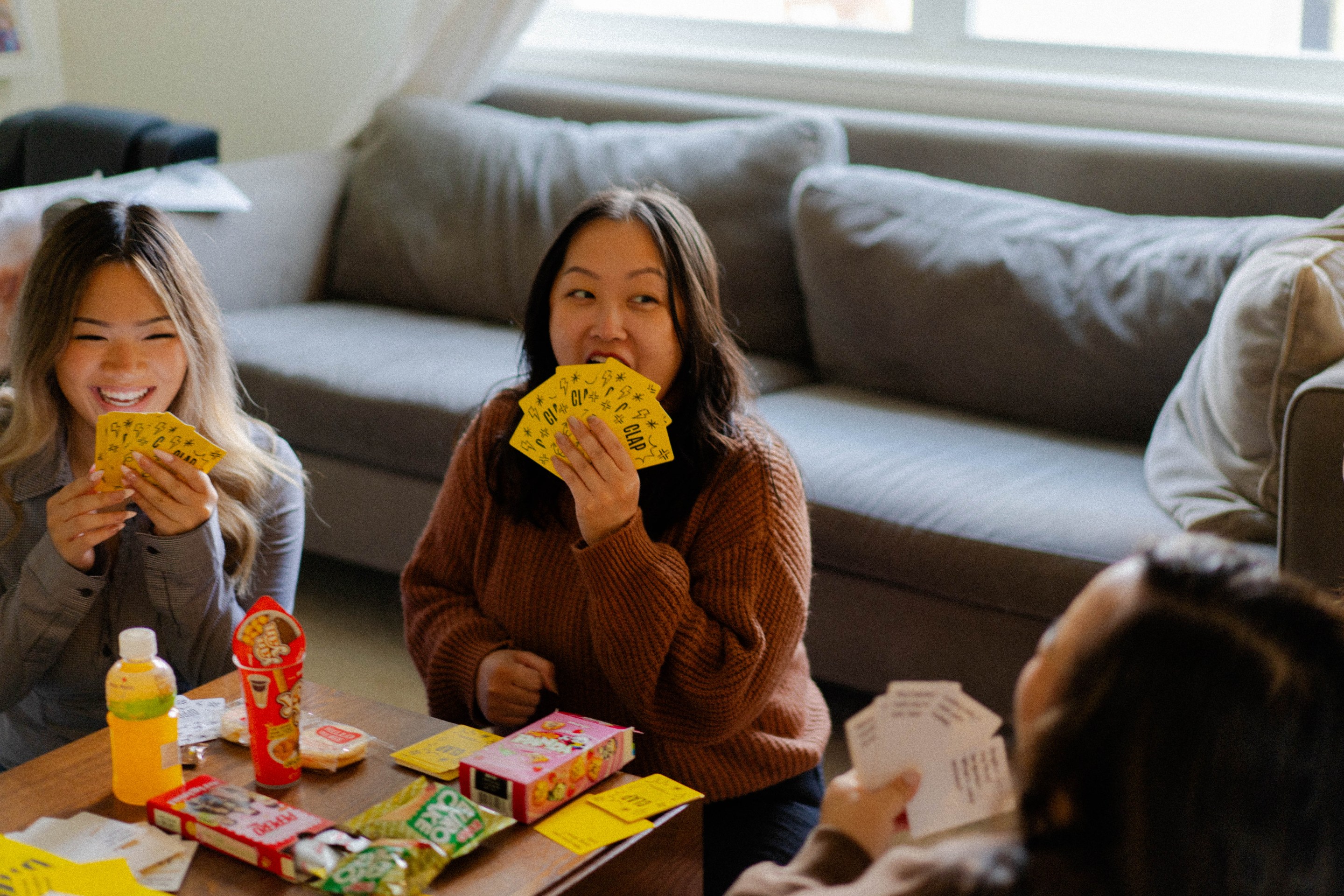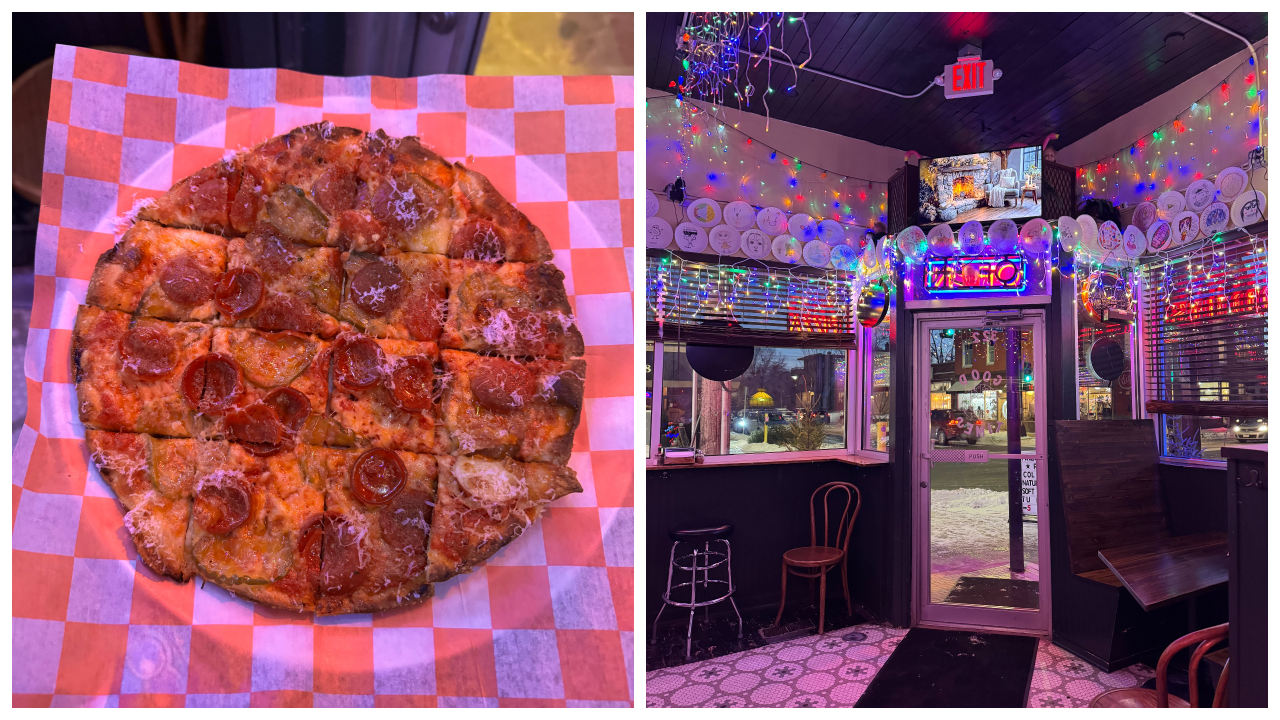A couple of months ago, I happened upon a Hinge profile asking when the last time I cried was. I must’ve waited too long to respond because I can’t seem to find the profile anymore, so I’ll answer here: Not too long ago, actually. Over family matters.
Now, the last time I cried in public? That was a little over a year ago. Sometimes I need to remind myself that it’s healthy to cry, even publicly. As a descendant of Chinese immigrants, I’m one of many people who have been told that crying makes you weak, crazy, and “not grown up.”
Scientists say that can’t be further from the truth. Various studies support the idea that crying, along with expressing other emotions, might actually boost your mood and even improve heart health because—get this—it’s a totally normal human function.
But with our busy lives, you might not necessarily have a place where you can safely cry. You might not want to cry in front of others. The need might hit suddenly, when you’re already out of the house. So I, local journalist Jiahong Pan, got together with comedian and experienced public crier Pearl Rose to recommend places in the Twin Cities where you could actually cry. (You may have shared some of these recommendations with me on Twitter—I refuse to call it X—thread back in February of 2023.)
From a post office to Metro Transit to Office Depot, we’ve determined these are the best places in town to shed a public tear or two. Or two hundred.
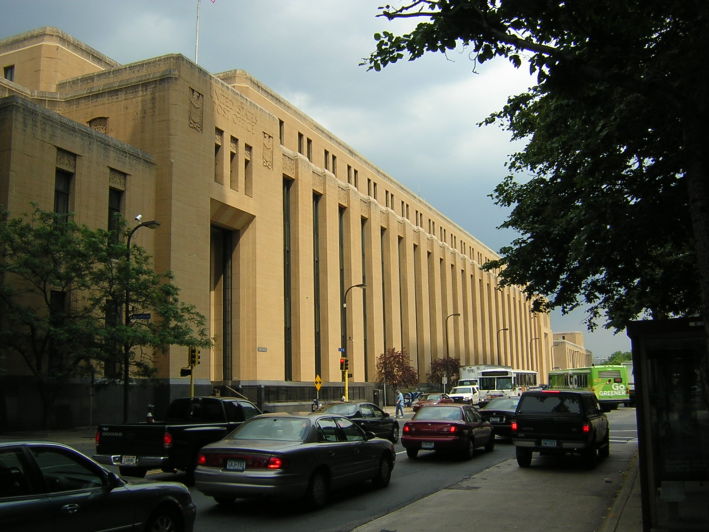
Martin Olav Sabo Post Office
For a while, I had a difficult time differentiating between who was a friend and who was merely being nice. It hit me one day, after a party: I needed a place to cry in private, away from the roommates I lived with at the time.
Fortunately, I (and you) have access to the Martin Olav Sabo post office in downtown Minneapolis. The lobby is open seven days a week, even when clerks aren’t actively accepting your mail. The long, secluded hallway and generous hours (it’s open as early as 6 a.m. and closes as late as 11 p.m.) are there for you to have a good cry on the counter, often with the serene sounds of beeping and machinery in the background.—Jiahong Pan
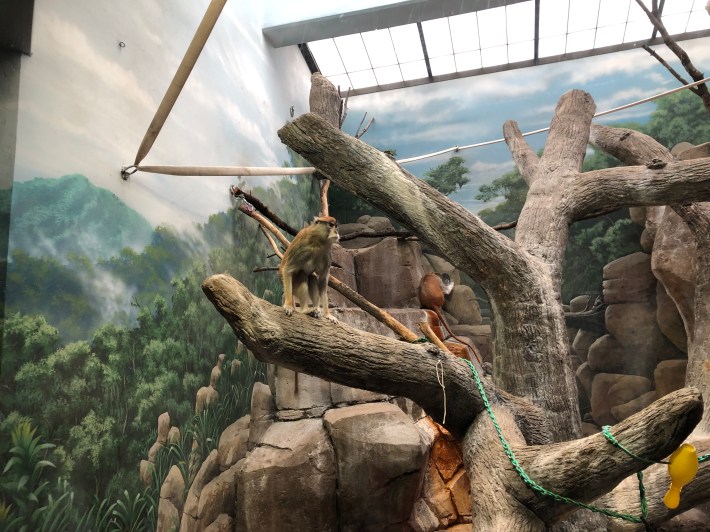
The Como Zoo
The Como Zoo is free, and you can tell. If you don’t think you’re in the mood to cry when you arrive at the zoo, just wait. “I saw several things that broke my heart,” reads one review on TripAdvisor. “The giraffes look like they’d rather be dead,” reads another. If the giraffes don’t get you, the polar bear will. Swimming in circles in 70-degree pool water that turns his white fur a sad shade of green, you see the majestic creature and wonder if this is a Guillermo del Toro movie. No, this is the Como Zoo.—Pearl Rose

Along the Mississippi River, at Minnehaha Creek, on the shore of Lake Nokomis—or really in front any body of water
Danez Smith’s beautiful poem “I’m Going Back to Minnesota Where Sadness Makes Sense” describes the experience of standing on a frozen lake. Frozen or thawed, lakes remind us still waters run deep, much like our emotions. And like our emotions, they are all somehow connected. The sounds of the creek and steady movement of the river provide additional wet contemplation. We are, despite all our joy and pain, mostly water, which can also be calm or rage, can also contain much beneath the surface, can also smell weird sometimes, and will also continue moving forward, throughout all the changing seasons.—Pearl Rose
I needed to cry one night after a stressful trip back home to San Francisco. So I wandered away from my apartment and reminded myself of what I have here now that I didn’t necessarily have—or ever thought I could have—in San Francisco: a support network and people who appreciate me for my work and interests, as well as to remind myself how far I’ve come.
The body of water that I found was where West River Parkway meets Hennepin Avenue, in front of the Mississippi. Sitting on a lawn, I reflected and cried, with not a lot of other people in sight. It was wonderful. Several of you all recommended spots further south along the Mississippi to cry at. Kate Sattler recommends the point where the Minnehaha Creek meets the river.
“I could bike there, then pass through all of the (seemingly joyful) community gatherings above and below the falls (either diminishing or heightening my sense of solitude), scramble along the shady creek, then emerge to an open expanse of river moving slowly, usually finding myself completely alone on the beach. It's a physical and sensory journey and you can really lose your sense of time! The solitude is exquisite, vast but also somehow gentle,” Sattler says.—Jiahong Pan

The bathroom at Office Depot
Foucault described heterotopias as certain cultural spaces that are somehow other: “disturbing, intense, incompatible, contradictory, or transforming… worlds within worlds.” He must have been thinking of the Apple Valley Office Depot bathroom. Few places feel as anonymous as the single-stall bathroom of a suburban big-box store. You must humbly ask a stranger to lead you through aisles of empty folders to a mysterious alcove that smells like “Hawaiian Breeze” and is out of toilet paper. Some crying locations are wistful and poetic, this one is more Don DeLillo.—Pearl Rose
Incredibly, Michael Obler has also had an existential cry in an Office Depot bathroom, though his was at The Quarry. “My personal experience was during a huge transitional period in my life where I wasn’t sure what direction I wanted to go. It was bleak and private, almost like being on the set of the show Severance,” Obler says.—Jiahong Pan
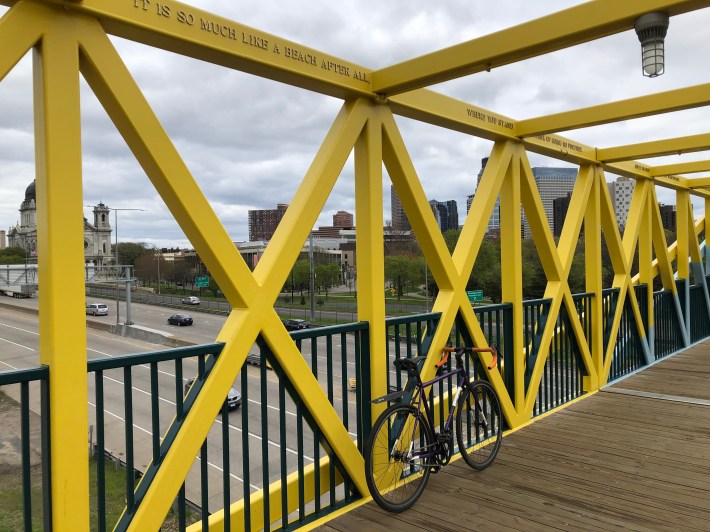
A place with a view
I love a good view where I can see structures and hills for miles on end. It reminds me that I am but one person in this very big place. It’s also where some people on Twitter recommended crying. Pastor Travis Norvell suggested a knoll overlooking Lake Harriet, at around W. 40th Street and Kings Highway (Dupont Avenue). “You feel protected on top of the hill/knoll by the trees and shrubbery but you don't feel totally disconnected from humanity and creation. Plus it is such a beautiful location, once you finish your cry it is a great place to recover, catch your breath and feel gratitude,” Norvell says. Other places include Indian Mounds Regional Park in St. Paul, or the Siah Armajani-designed bridge connecting Loring Park and the Sculpture Garden.—Jiahong Pan
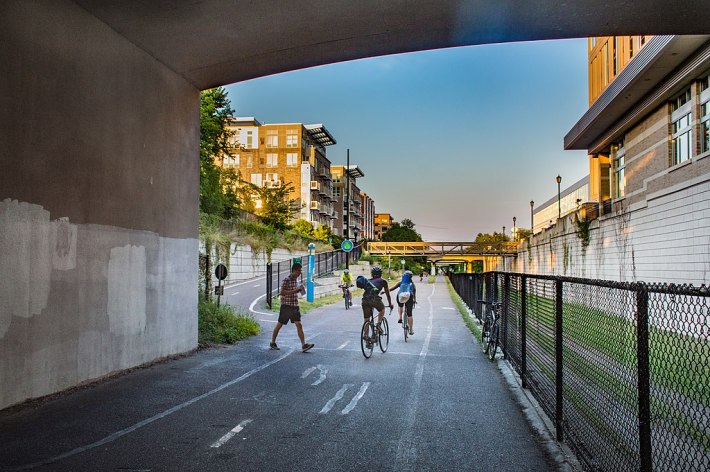
On or under bridges
Sometimes your waters aren’t still, sometimes they’re troubled. Bridges offer both a vista and proximity to water, two choice characteristics for crying locale. Some Twin Cities bridges have just the right amount of background noise to cover the sound of your sobbing, which is why many folks prefer the Franklin Avenue (Minneapolis), Lake Street-Marshall Avenue (Minneapolis/St. Paul), bridges under the Midtown Greenway (Minneapolis), and High Bridge (St. Paul). I recommend bridges especially for “I don’t know where to go from here” bouts of ennui. The air of transience is *chef’s kiss*. Pick a nifty lookout spot, watch the current for a moment, listen to the traffic, and think about how if you rafted down the river toward a new life you wouldn’t have to worry about rent or car insurance. Then make a choice: Continue crossing or go back the way you came.—Pearl Rose
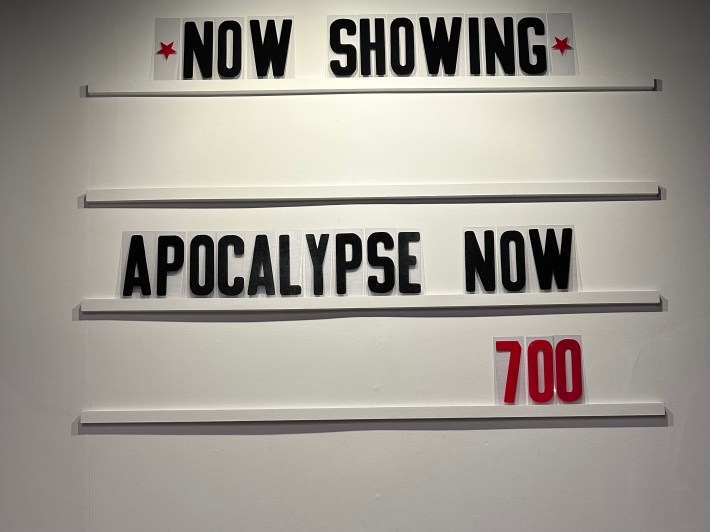
At a movie theater
I remember the first time I cried at a movie theater. It was the Lagoon Theater in Uptown, and it was in the closing scenes of 2022’s Everything Everywhere All At Once. A movie provides a great distraction for others so you can cry in peace, in part because others might be crying—and no one has to know whether those tears are falling because of what’s transpiring onscreen or something entirely unrelated. Besides, it’s so dark and loud, they probably won’t even notice.—Jiahong Pan

Theodore Wirth Park
Nature is prime real estate for investing in your feelings. Thankfully, Eloise Butler, total Leo, established the oldest wildflower garden in the country so you can feel blue among the violets, free of charge. There’s a bench on the Goldenrod Trail under a tree that begs you to sit and write poetry about how you contradict yourself and contain multitudes (I recommend fast-drying ink if you’re a high-volume crier like me). The Quaking Bog is another great place to get lost in nature. The bog itself is a sphagnum moss-filled depression, so it understands how you might be feeling. If you run out of tissues, just press your cheek against a soft patch of moss.—Pearl Rose

On St. Kate’s Campus
LyLy Vang-Yang recommends crying on the St. Catherine University campus.
“It offers ingredients that make it a nearly romantic option in every season. I have found it to work for the entire spectrum of crying: joyful tears to rageful sobbing. It has gardens, green spaces, and flowers, sweet places to sit, and big trees for spring and summer. When the leaves are turning, you can crunch and stomp around. In the winter, you can meander around the grounds, especially in the dark. It's nice and quiet. When the snow is especially thick, you can lay on top of it and it feels very peaceful and restorative after a good cry.”—Jiahong Pan

At a parking lot on Suburban Avenue
On the east side of St. Paul, close to the border of Maplewood along Old Hudson Road, is a series of strip malls stretching one mile along Suburban Avenue between Kennard & Ruth. So much of this space, home to businesses big and small, comprises car parking lots in various states of upkeep.
After 7 p.m. most days, its parking lots become deserted. The boundless void topped with asphalt provides ample privacy and solitude for a great cry. And hey, if you don’t have a car, don’t buy one solely to cry in. Instead, consider renting an HourCar or an Evie Carshare car, though be mindful: Most HourCar and Evie vehicles are equipped with cameras, and may record your cries.—Jiahong Pan

The Walker Art Center or MIA
Crying at the museum is great. Whether you prefer to cry alone, or if you like the attention, there’s a good time for everybody to cry in front of art. A lot of art is sad. Even the good stuff. Seeing how hard someone worked to express something without words, or thinking about how much time has passed since the artist took their last breath, or experiencing a feeling you didn’t know you desperately needed to feel, are all solid reasons to get a little liquid with it. Bonus: You can cry about anything—a breakup, your job, how bad that recent $15 sandwich was, etc.—and passersby will assume you’re just terribly deep and moved by the art.—Pearl Rose

On Metro Transit
The bus is a vibe check. You will be faced with your feelings as you wind your way from stop to stop, whether you like it or not. I have discovered, via questions from strangers on the bus, that I give off a real “is she OK?” vibe. You may be surprised that someone cares, or you may be surprised that no one cares, as you watch the tears roll down your face and soak into the blue fabric of the seats, mingling with all the other fluids that have come before. This is the closest you can come to a spiritual quest for only $2.50. You will be in a different place in the end, and it’s up to you to pull that little yellow cord. Of course, there is something reassuring when you realize you’re not alone, because the stop has already been requested.—Pearl Rose
Metro Transit’s code of conduct, adopted earlier this year, prohibits a lot of things—but it does not prohibit you from crying. And indeed, there are some routes in the suburbs that may make you want to cry sheerly because of the number of turns and branches or the fact that it may take as much as three times longer to get from Point A to Point B compared to driving. I don’t think I could cry on the bus, even though I have. But hey, if you’ll be the only passenger onboard, what better time to shed a tear or two? —Jiahong Pan
If you are experiencing thoughts of suicide or need someone to talk to for a mental health issue, call 988. On Fridays and Saturdays, you can also call or text Revolutionary Emergency Partners at 952-737-3730.
